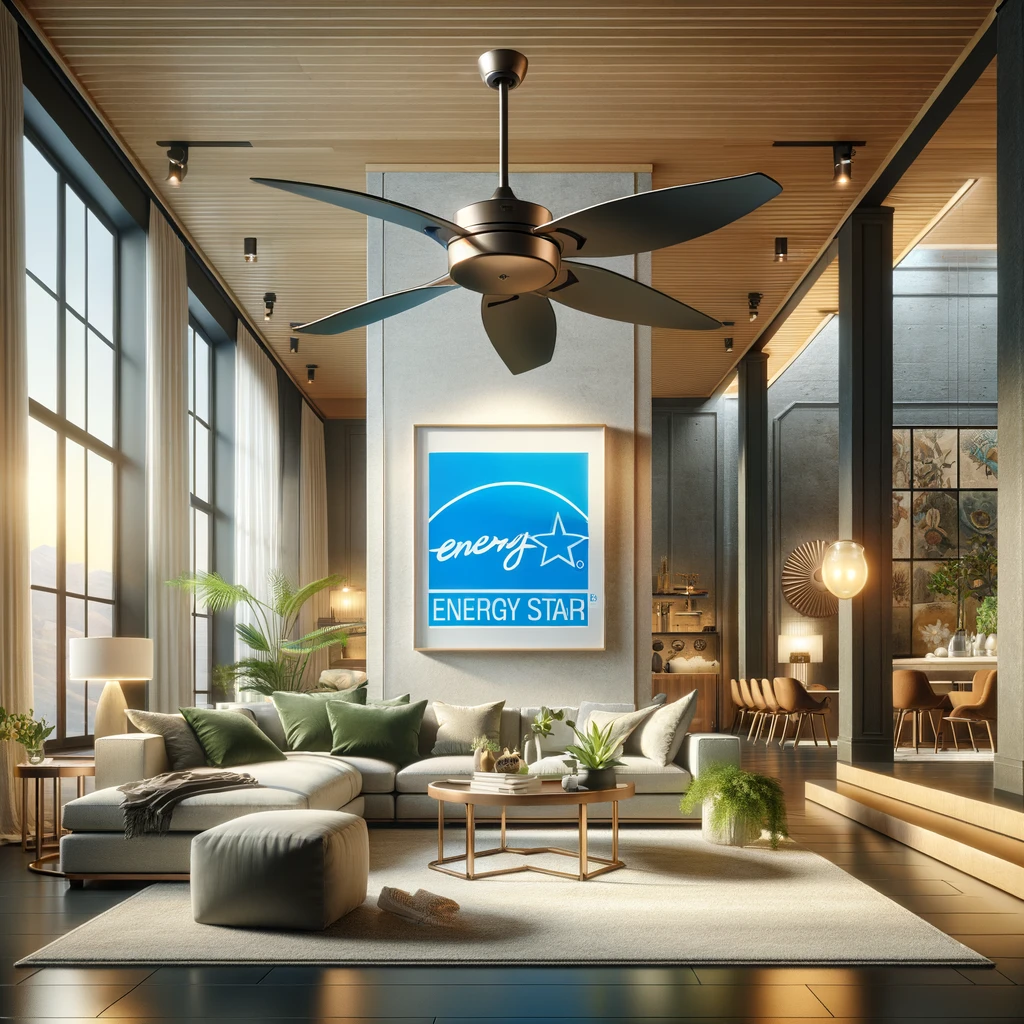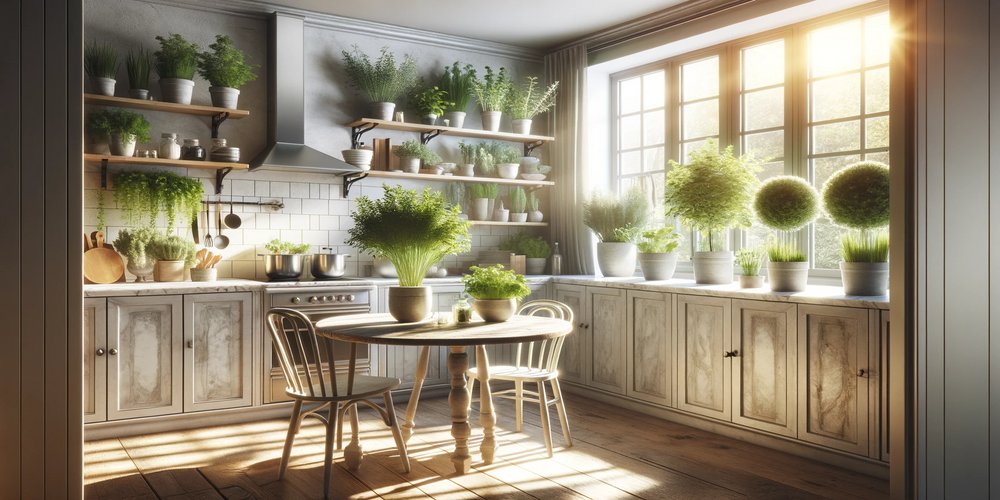How to Prepare Your Home for Summer Heat?
Get set for the summer heat! Adjust your thermostat for energy efficiency by setting it higher when away. Seal drafts in windows and doors with weather stripping and insulation to keep the heat out. Maintain your AC by cleaning filters and checking for leaks in ductwork. Consider installing ceiling fans for added cooling. Enhance insulation in your attic and upgrade to a programmable thermostat. Outdoors, plant shade trees strategically and install awnings or umbrellas. These tips will help you stay cool all summer long. More strategies await to make your home a sanctuary from the heat.

Adjusting Your Thermostat
To optimize energy efficiency during the summer months, consider adjusting your thermostat settings to reflect the warmer weather. Setting your thermostat a few degrees higher when you're away or asleep can lead to significant cost savings on your energy bill.
Many modern thermostats offer programmable options that allow you to create schedules based on your daily routine. By utilizing these features, you can guarantee your home stays comfortable when you're present while saving energy when you're not.
Programmable thermostats enable you to set specific temperatures for different times of the day, preventing your cooling system from running unnecessarily when you're not home. For example, you can program the thermostat to raise the temperature during the day when you're at work and lower it before you return. This way, you can enjoy a cool home without wasting energy cooling an empty house.
Take advantage of these thermostat settings and programmable options to enhance your home's energy efficiency during the summer months. Contact a local HVAC contractor for a home energy audit.
Sealing Up Drafts
Check your windows and doors for any drafts that may be letting warm air into your home, as sealing up these gaps can help maintain a comfortable temperature and reduce energy waste during the summer months. Start by inspecting the areas around your windows and doors for any visible gaps.
Weather stripping is an excellent way to seal these openings. It's easy to apply and can make a significant difference in keeping your home cool. Additionally, consider adding insulation to your doors and windows to further prevent heat from seeping in and cool air from escaping. Draft blockers placed at the bottom of doors can also help stop warm air from entering your home.
When it comes to windows, using draft blockers or window coverings like curtains or blinds can provide an extra layer of insulation. These coverings can help reduce heat transfer through your windows and keep your home cooler.
Installing Ceiling Fans
When installing ceiling fans in your home, consider strategic fan placement to optimize airflow and cooling.
Make sure to choose the right fan size and style for each room to enhance both functionality and aesthetics.
These key points will help you create a comfortable and energy-efficient environment during the summer months.

Fan Placement Tips
Consider strategically placing ceiling fans in your home to effectively circulate cool air during the summer months. When it comes to cooling strategies, ceiling fans are a cost-effective way to enhance comfort while maintaining energy efficiency.
To maximize their effectiveness, install fans in rooms where you spend the most time, such as the living room or bedroom.
For rooms with high ceilings, consider using a downrod to lower the fan closer to the living space for better air circulation. In rooms with lower ceilings, flush mount fans are ideal to prevent any safety hazards. It's recommended to place fans at a height of 7-9 feet above the floor and 10-12 inches below the ceiling for best airflow.
Additionally, consider placing fans in a way that complements your air conditioning system. In rooms with air conditioning vents, position the fan near the vent to help distribute cool air more efficiently.
Choosing the Right Fan
To guarantee top cooling efficiency in your home, selecting the right ceiling fan is essential for comfortable living during the summer months. When choosing a ceiling fan, consider different fan styles to suit your home decor and personal preference. Options range from sleek modern designs to more traditional styles to complement various aesthetics.
However, beyond just appearance, prioritize energy efficiency in your selection. Look for fans with the ENERGY STAR label, as they're up to 60% more efficient than standard models, helping you save on electricity costs in the long run.
Opt for a fan size that matches the room dimensions for the best air circulation. Larger rooms may require fans with bigger blades to effectively cool the space. Additionally, adjustable speed settings and built-in lighting features can add functionality to your fan.
Remember to install your ceiling fan at the right height for maximum airflow and comfort. By carefully considering fan styles and energy efficiency, you can ensure a cool and cost-effective summer living environment.
Optimizing Air Conditioning System
Maximize the efficiency of your air conditioning system by guaranteeing proper maintenance and regular servicing. To boost energy efficiency, start by cleaning or replacing the air filters every 1-3 months. Clogged filters restrict airflow, making your AC work harder and consume more energy.

Check the outdoor unit for any debris like leaves or dirt that could obstruct airflow. Trim any plants or bushes around it to ensure peak performance. Inspect the ductwork for leaks or gaps that could lead to air loss and reduced efficiency. Seal any leaks with duct tape or caulk.
Regularly schedule professional maintenance to keep your system running smoothly. A technician can inspect and clean the evaporator and condenser coils, check refrigerant levels, and ensure all components are functioning correctly. Consider installing a programmable thermostat to regulate temperature settings efficiently.
Additionally, closing blinds or curtains during the hottest parts of the day can reduce the workload on your AC. By following these maintenance tips, you can enhance the performance and longevity of your air conditioning system while keeping energy costs in check.
Enhancing Insulation
Improving insulation in your home is essential for maintaining a comfortable indoor environment and reducing energy costs during the summer months.
To enhance your home's insulation, consider the following:
-
Upgrade Attic Insulation: Ensuring your attic is properly insulated can greatly reduce heat transfer between your roof and living spaces.
-
Seal Air Leaks: Use weather stripping around doors and windows to prevent cool air from escaping and warm air from entering your home.
-
Insulate Pipes: Insulating exposed pipes can prevent condensation buildup and maintain cooler water temperatures.
-
Install Insulated Curtains: Hang insulated curtains to block out heat from the sun and keep your home cooler.
-
Consider Radiant Barriers: Reflective barriers in your attic can decrease heat absorption and keep your home more comfortable.
Utilizing Window Treatments
Enhance your home's energy efficiency and comfort during the summer months by strategically utilizing various window treatments. Installing energy-efficient blinds can greatly reduce heat gain through windows. Look for blinds with reflective surfaces or insulating properties to keep the sun's heat out.
Custom curtains are another excellent option. Thick, tightly woven curtains with a light-colored backing can help block sunlight and heat from entering your home, keeping it cooler naturally.
When choosing window treatments, consider the orientation of your windows. For east and west-facing windows, where the sun is strongest in the mornings and afternoons, opt for treatments that can be easily adjusted to block direct sunlight during these times. South-facing windows receive the most sunlight throughout the day, so investing in effective window treatments for these areas is vital.
Remember to keep blinds and curtains closed during the hottest parts of the day to maximize their effectiveness. By strategically utilizing energy-efficient blinds and custom curtains, you can create a cooler and more comfortable living environment while reducing your energy bills.
Creating Shade Outdoors
To shield your outdoor spaces from the scorching summer sun, consider planting trees strategically to provide natural shade.
Installing awnings or umbrellas can offer instant relief from the heat and create a comfortable al fresco setting.
Building a pergola not only adds a stylish touch to your outdoor area but also offers a structured shade solution for your enjoyment.
Planting Trees for Shade
Wondering how to create natural shade outdoors during the scorching summer months? Planting trees strategically can offer relief from the heat while enhancing the beauty of your outdoor space.
Here are some tips to help you effectively plant trees for shade:
-
Tree Selection: Choose trees that provide ample shade and are suitable for your climate.
-
Tree Placement: Position trees where they can block the sun during the hottest parts of the day.
-
Soil Preparation: Guarantee the soil is nutrient-rich and well-draining to promote healthy tree growth.
-
Tree Care: Regularly water, prune, and fertilize your trees to maintain their health and shade-providing capabilities.
-
Future Growth Consideration: Plant trees at a distance from structures to accommodate their growth and prevent potential damage.
Installing Awnings or Umbrellas
Consider installing awnings or umbrellas to create instant shade and relief from the summer heat in your outdoor space. These outdoor shading options provide practical and stylish shade solutions for your backyard or patio.
Awnings come in various styles, including retractable, fixed, or portable options. Retractable awnings allow you to adjust the shade as needed, while fixed awnings offer a more permanent shading solution. Portable umbrellas are versatile and can be moved around to different areas of your outdoor space.
When selecting awnings or umbrellas, take into account the size and design that best fit your outdoor area. Make sure that the materials are durable and can withstand the elements. Awnings are often made of canvas, aluminum, or vinyl, while umbrellas come in different fabrics like polyester or acrylic. Look for UV-resistant materials to provide additional protection from the sun's harmful rays.
Both awnings and umbrellas not only offer relief from the sun but also enhance the aesthetic appeal of your outdoor space. Choose a color and design that complements your existing decor for a cohesive look.
With these stylish shade solutions, you can enjoy your outdoor activities comfortably even on the hottest summer days.
Building a Pergola
If you're looking to expand your options for creating shade outdoors, consider building a pergola to provide a stylish and functional solution for your outdoor space. Pergolas not only offer relief from the sun but also add aesthetic appeal to your backyard.
Here are some tips to guide you through the process:
-
Choose the Right Design: Select a pergola design that complements your home's architecture and fits well within your outdoor space.
-
Consider Maintenance: Opt for materials like cedar or vinyl that require minimal upkeep to guarantee your pergola stays looking great for years to come.
-
Add Greenery: Enhance the beauty of your pergola by incorporating climbing plants like wisteria or jasmine for a natural canopy effect.
-
Lighting Options: Install string lights or lanterns to create a cozy ambiance for evening gatherings under your pergola.
-
Personalize with Decor: Explore pergola decorating ideas such as outdoor curtains, comfortable seating, or hanging plants to make the space uniquely yours.

